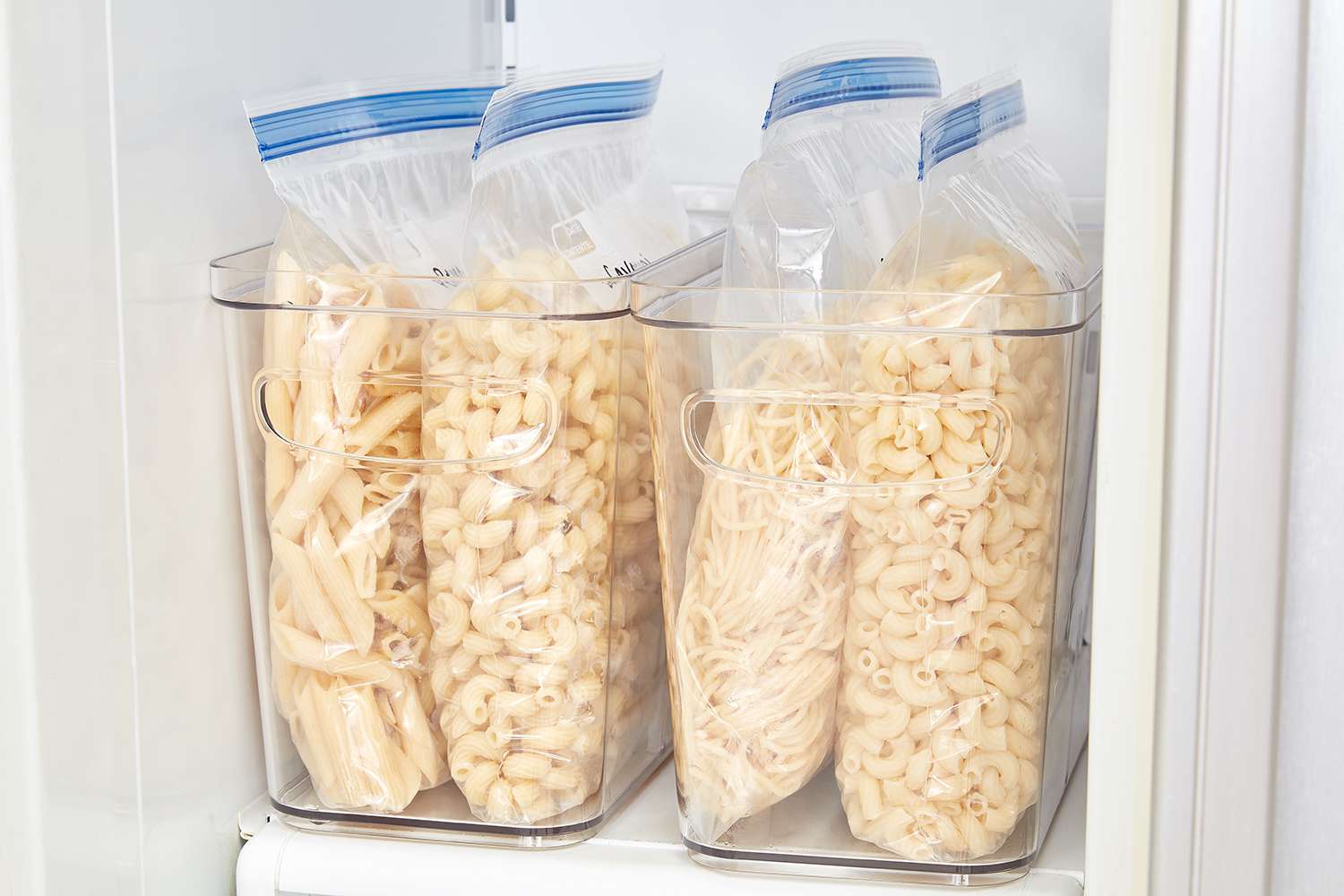

Articles
How To Store Cooked Pasta In Freezer
Modified: January 6, 2024
Learn how to store cooked pasta in the freezer for convenient meals anytime. Read our step-by-step guide with helpful tips and tricks.
(Many of the links in this article redirect to a specific reviewed product. Your purchase of these products through affiliate links helps to generate commission for Storables.com, at no extra cost. Learn more)
Introduction
Cooking a delicious pasta dish is always a gratifying experience. Whether it’s a creamy Alfredo, a flavorful marinara, or a hearty Bolognese, pasta never fails to please our taste buds. However, we often find ourselves with leftover cooked pasta after a meal. Instead of letting it go to waste, why not store it in the freezer for future use?
Freezing cooked pasta is a convenient way to preserve it and enjoy it later without compromising its flavor and texture. By following a few simple tips and guidelines, you can ensure that your frozen pasta stays fresh and delicious until you’re ready to enjoy it again.
In this article, we will explore the benefits of storing cooked pasta in the freezer, provide you with valuable tips for proper storage, and guide you through the step-by-step process of freezing and thawing your pasta. So, let’s dive in and discover how to make the most out of your leftover pasta!
Key Takeaways:
- Don’t let leftover pasta go to waste! Freezing cooked pasta is a convenient, cost-effective, and eco-friendly way to preserve it for future delicious meals. Follow simple tips to maintain its flavor and texture.
- Enjoy homemade meals at your fingertips! Freeze cooked pasta for convenience and reduce food waste. Follow easy steps to store, thaw, and reheat pasta, ensuring it stays fresh and delicious.
Read more: How To Store Pasta Sauce In Freezer
Why Store Cooked Pasta in the Freezer?
Storing cooked pasta in the freezer offers numerous benefits that make it an excellent option for preserving your leftovers. Here are a few compelling reasons why you should consider freezing your cooked pasta:
- Convenience: Freezing cooked pasta allows you to have homemade meals readily available whenever you need them. It’s a time-saver for busy days or when you simply don’t feel like cooking from scratch.
- Reducing Food Waste: By freezing cooked pasta, you can avoid wasting leftovers and make use of every last bit of your delicious meal. It’s an eco-friendly approach that helps minimize food waste and contributes to a more sustainable lifestyle.
- Cost-effective: Cooking pasta in larger quantities is often more cost-effective than preparing small portions. Freezing the excess pasta allows you to stretch your budget and save money by utilizing leftovers for future meals.
- Diverse Meal Options: Frozen cooked pasta opens up various possibilities for creating quick and easy meals. You can use it as a base for pasta salads, toss it with your favorite sauce, or incorporate it into casseroles and skillet dishes.
- Preserving Flavor and Texture: When stored correctly, freezing cooked pasta helps retain its original taste and texture. This means that the pasta you reheat will still have the same satisfying consistency and flavor as it did when it was freshly cooked.
Now that we understand the advantages of freezing cooked pasta, let’s delve into some useful tips to ensure that your pasta stays fresh and delicious in the freezer.
Tips for Storing Cooked Pasta in the Freezer
Proper storage is crucial to maintain the quality and integrity of your cooked pasta when freezing it. Follow these helpful tips to ensure that your pasta remains fresh and tasty:
- Cool and dry: Before freezing, allow your cooked pasta to cool completely. This prevents condensation from forming, which can lead to freezer burn and a deterioration in texture and flavor. Make sure the pasta is dry as excess moisture can affect its quality.
- Portion control: Divide your cooked pasta into individual or meal-sized portions before freezing. This makes it easier to thaw and use only the amount you need without having to defrost the entire batch.
- Airtight containers or freezer bags: Transfer the cooked pasta into airtight containers or freezer bags. Make sure to remove as much air as possible to prevent freezer burn. Label the containers with the date for easy reference.
- Freeze in flat layers: If using freezer bags, spread the pasta out in a flat, even layer. This allows for quicker and more even freezing. Once frozen, you can stack the bags or containers for efficient storage.
- Use high-quality freezer bags: If using freezer bags, opt for those specifically designed for long-term freezer storage. They are thicker and more durable, providing better protection against freezer burn.
- Freeze sauce separately: Consider freezing your pasta and sauce separately if you have a saucy dish. This prevents the pasta from becoming mushy during the freezing process. You can thaw both components separately and combine them when reheating.
- Remove excess air: When using airtight containers, press a piece of plastic wrap directly onto the surface of the pasta before sealing the container. This helps prevent air exposure and preserves the pasta’s texture.
- Organize your freezer: Place the pasta containers or bags in a way that allows for easy access and prevents them from getting buried at the bottom of the freezer. Consider using freezer bins or labels to keep track of different types of pasta for quick retrieval.
- Keep an inventory: Maintain a freezer inventory list or use a smartphone app to keep track of the types and quantities of pasta stored in your freezer. This can help you plan meals and ensure that nothing goes to waste.
Following these tips will help ensure that your frozen cooked pasta remains of high quality and can be enjoyed whenever you’re ready to indulge in a delicious meal. Now, let’s move on to the step-by-step guide on how to freeze cooked pasta.
Step-by-step Guide on Freezing Cooked Pasta
Freezing cooked pasta is a simple process that can be done in a few easy steps. Here’s a step-by-step guide to help you freeze your cooked pasta properly:
- Cook the pasta: Prepare your pasta according to the package instructions. Cook it al dente, as pasta tends to soften slightly when freezing and reheating. Avoid overcooking to prevent it from becoming mushy after freezing.
- Cool the pasta: Once the pasta is cooked, drain it and rinse it with cold water to stop the cooking process. Spread the pasta out on a baking sheet or a large platter and allow it to cool completely at room temperature. This ensures that excess moisture evaporates, preventing it from turning into ice crystals in the freezer.
- Divide into portions: Once the pasta is cool, divide it into individual or meal-sized portions. This allows you to thaw and use only the amount you need without defrosting the entire batch.
- Package for freezing: Transfer the portions of cooked pasta into airtight containers or freezer bags. Squeeze out as much air as possible to minimize the risk of freezer burn. Make sure to leave some headspace in the containers or bags as the pasta may expand during freezing.
- Label and date: Label each container or bag with the contents and the date of freezing. This helps you keep track of the pasta and ensures that you use older portions first.
- Freeze: Place the pasta containers or bags in the freezer in a flat position to allow for quicker and more even freezing. Do not stack them until the pasta is completely frozen to prevent sticking together.
- Optimize freezer space: Once the pasta is fully frozen, you can stack the containers or bags to save freezer space. Keep in mind that it’s easier to access the containers or bags if you organize them in a manner that allows for easy retrieval.
By following these simple steps, you can freeze your cooked pasta effectively and ensure it stays fresh until you’re ready to enjoy it. Next, let’s explore how to properly thaw and reheat your frozen cooked pasta.
After cooking the pasta, let it cool completely. Toss it with a little oil to prevent sticking, then store in airtight containers or freezer bags. Label with the date and use within 2-3 months for best quality.
Thawing and Reheating Frozen Cooked Pasta
Thawing and reheating your frozen cooked pasta is a crucial step in bringing it back to its delicious, freshly cooked state. Here’s a guide on how to thaw and reheat your frozen pasta:
- Thawing in the refrigerator: The safest and recommended method for thawing frozen cooked pasta is to transfer it from the freezer to the refrigerator. Place the sealed container or bag of pasta in the refrigerator and allow it to thaw slowly overnight or for about 24 hours. This gradual thawing helps retain the texture and flavor of the pasta.
- Thawing in cold water: If you’re in a rush and need to thaw the pasta quickly, you can use the cold water thawing method. Ensure that the pasta is in a sealed, waterproof bag. Submerge the bag in a bowl of cold water and change the water every 30 minutes. This method typically takes around 1-2 hours depending on the quantity of pasta.
- Reheating methods: Once your pasta is thawed, there are various methods you can use to reheat it, depending on your preference and the dish you’re preparing. Here are a few common reheating methods:
- Stovetop: Place the thawed pasta in a saucepan with a little olive oil or sauce and heat it over medium-low heat. Stir frequently to prevent sticking and ensure even heating.
- Microwave: Transfer the thawed pasta to a microwave-safe dish, cover it with a damp paper towel or microwave-safe lid, and heat on medium power for short intervals, stirring in between. Be cautious not to overcook the pasta, as it can become dry or rubbery.
- Oven: Preheat the oven to a low temperature (around 300°F). Place the thawed pasta in an oven-safe dish, cover it with foil to retain moisture, and heat for about 20-30 minutes or until heated through.
- Check for doneness: To ensure that your reheated pasta is thoroughly heated, check for doneness by tasting a small portion. The pasta should be hot all the way through, without any cold or frozen spots.
- Add fresh sauce and toppings: Once your pasta is heated, you can enhance its flavor by adding fresh sauce, herbs, grated cheese, or any additional toppings of your choice. This step helps rejuvenate the flavors and gives your pasta a delicious finishing touch.
- Serve and enjoy: Once your pasta is reheated and flavored, it’s ready to be served and enjoyed. Serve it hot and savor the delicious taste of your frozen cooked pasta!
With these thawing and reheating methods, you can bring your frozen cooked pasta back to life and enjoy a delicious meal with minimal effort. Now, let’s address some frequently asked questions about freezing cooked pasta.
Read more: How To Store Leftover Pasta With Sauce
Frequently Asked Questions About Freezing Cooked Pasta
Here are some common questions that people often have about freezing cooked pasta:
- Can you freeze any type of cooked pasta?
- How long can you keep cooked pasta in the freezer?
- Can you freeze pasta with sauce?
- Can you freeze pasta salad?
- Can you reheat frozen cooked pasta more than once?
- How can you prevent freezer burn?
- Can you freeze pasta in sauce?
- Can you freeze stuffed pasta like ravioli or tortellini?
- Can you freeze lasagna or baked pasta dishes?
- Can you eat frozen pasta without reheating?
Yes, you can freeze any type of cooked pasta, including spaghetti, penne, fettuccine, and macaroni. Just ensure that it is cooked al dente for the best results.
Cooked pasta can be stored in the freezer for up to 3 months. However, for the best quality, it’s recommended to consume it within 1-2 months.
Yes, you can freeze cooked pasta with sauce. It’s best to freeze them separately if the sauce is liquid or contains dairy-based ingredients. This helps maintain the texture and prevents the pasta from becoming soggy.
While it’s possible to freeze pasta salad, it’s important to note that the texture and freshness may be compromised upon thawing. Vegetables in the salad may become soft and release excess moisture. It’s recommended to freeze the pasta and dressing separately and combine them after thawing.
It’s generally not recommended to reheat frozen cooked pasta more than once. Each time you reheat it, the quality and texture of the pasta can deteriorate. It’s best to thaw and reheat only the amount you plan to consume to minimize waste.
To prevent freezer burn on cooked pasta, ensure it is stored in airtight containers or freezer bags. Squeeze out as much air as possible before sealing. Freezer burn occurs when food is exposed to air in the freezer, causing it to dry out and deteriorate in quality.
It’s generally recommended to freeze pasta and sauce separately. However, if you prefer to freeze them together, make sure the sauce is thick enough to coat the pasta and prevent it from becoming soggy upon thawing.
Yes, you can freeze stuffed pasta like ravioli or tortellini. Follow the same steps for freezing cooked pasta, ensuring they are cooled and stored in airtight containers or freezer bags.
Yes, lasagna and other baked pasta dishes can be frozen. It’s best to freeze them in individual portions or slices. Cover the dish tightly with foil or plastic wrap before storing it in the freezer.
Frozen pasta can be eaten without reheating, especially if it’s added to cold salads or mixed with other raw ingredients. However, reheating the pasta will help improve its texture and bring out the flavors, making it more enjoyable to eat.
These are some of the commonly asked questions about freezing cooked pasta. By following the recommended tips and guidelines, you can ensure that your frozen pasta maintains its quality and taste. Now, let’s wrap things up.
Conclusion
Freezing cooked pasta is an excellent way to extend its shelf life and reduce food waste. By following the tips and guidelines provided in this article, you can store your leftover pasta in the freezer and enjoy it again at your convenience.
Remember to cool the pasta properly before freezing, divide it into portion-sized servings, and use airtight containers or freezer bags to maintain its freshness. Label each container with the date to keep track of its freezer life.
Thaw the frozen cooked pasta safely in the refrigerator or use the cold water thawing method for a quicker approach. Reheat the thawed pasta using stovetop, microwave, or oven methods, and add fresh sauce and toppings for an extra burst of flavor.
While frozen cooked pasta can be stored for up to 3 months, it is recommended to consume it within 1-2 months for the best quality. Pay attention to prevent freezer burn by properly sealing the containers or bags and removing excess air.
By following these steps, you can enjoy the convenience of having a delicious home-cooked meal ready to go whenever you need it. Take advantage of the cost-effective and eco-friendly approach of freezing cooked pasta to make the most out of your leftovers.
So, the next time you find yourself with leftover pasta, don’t let it go to waste. Freeze it and enjoy the convenience and deliciousness of a home-cooked meal at your fingertips. Happy freezing and eating!
Frequently Asked Questions about How To Store Cooked Pasta In Freezer
Was this page helpful?
At Storables.com, we guarantee accurate and reliable information. Our content, validated by Expert Board Contributors, is crafted following stringent Editorial Policies. We're committed to providing you with well-researched, expert-backed insights for all your informational needs.
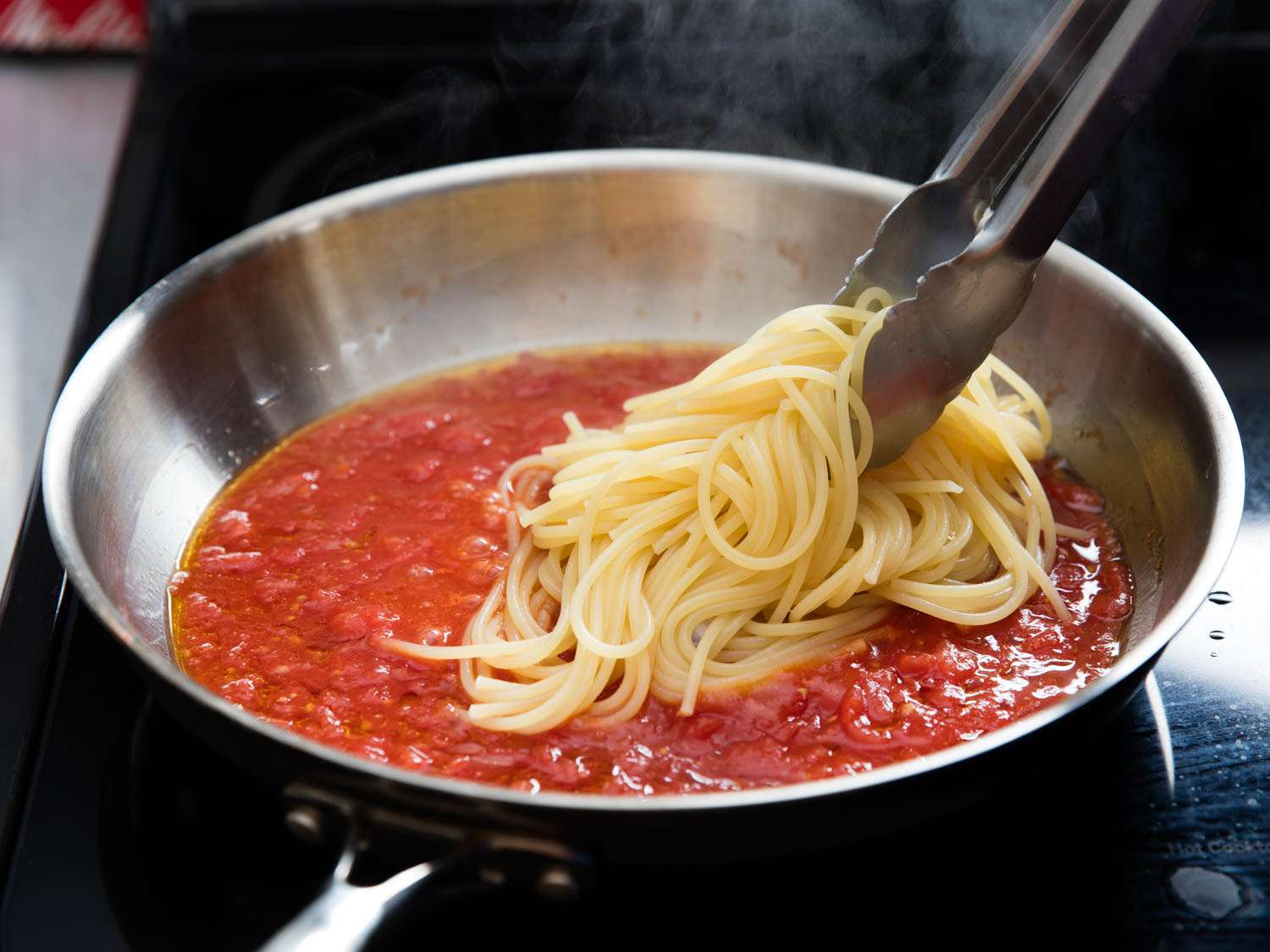
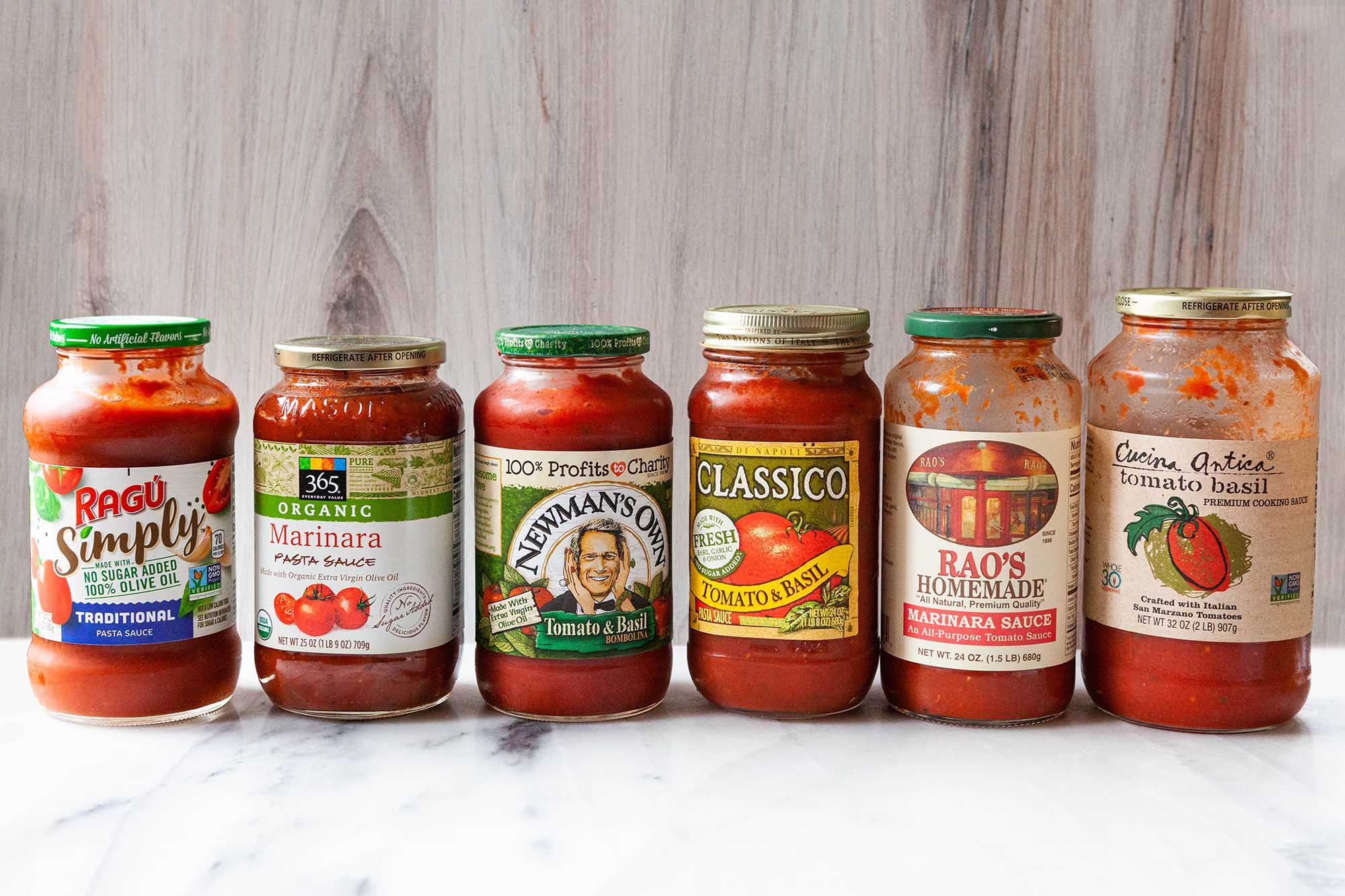
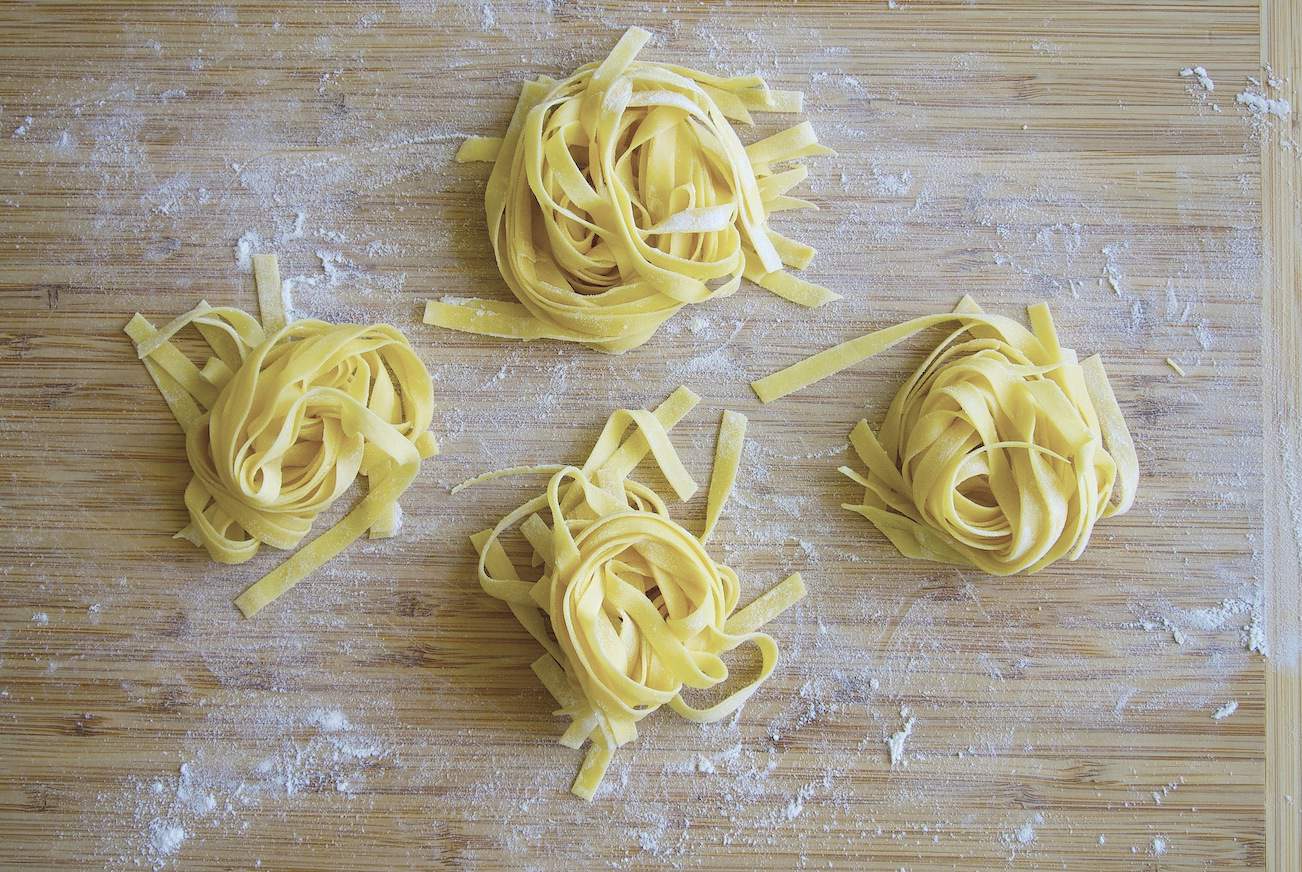
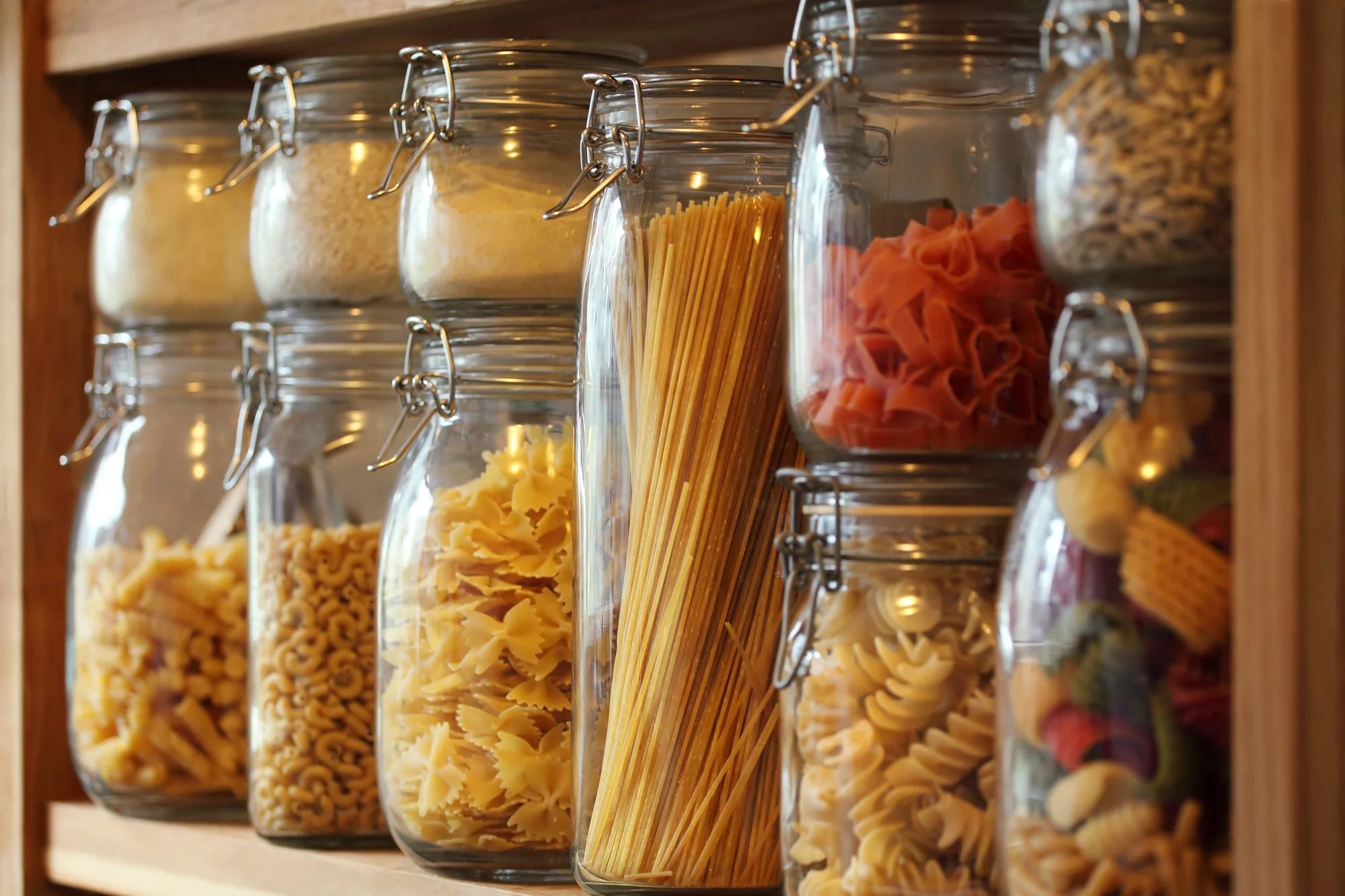
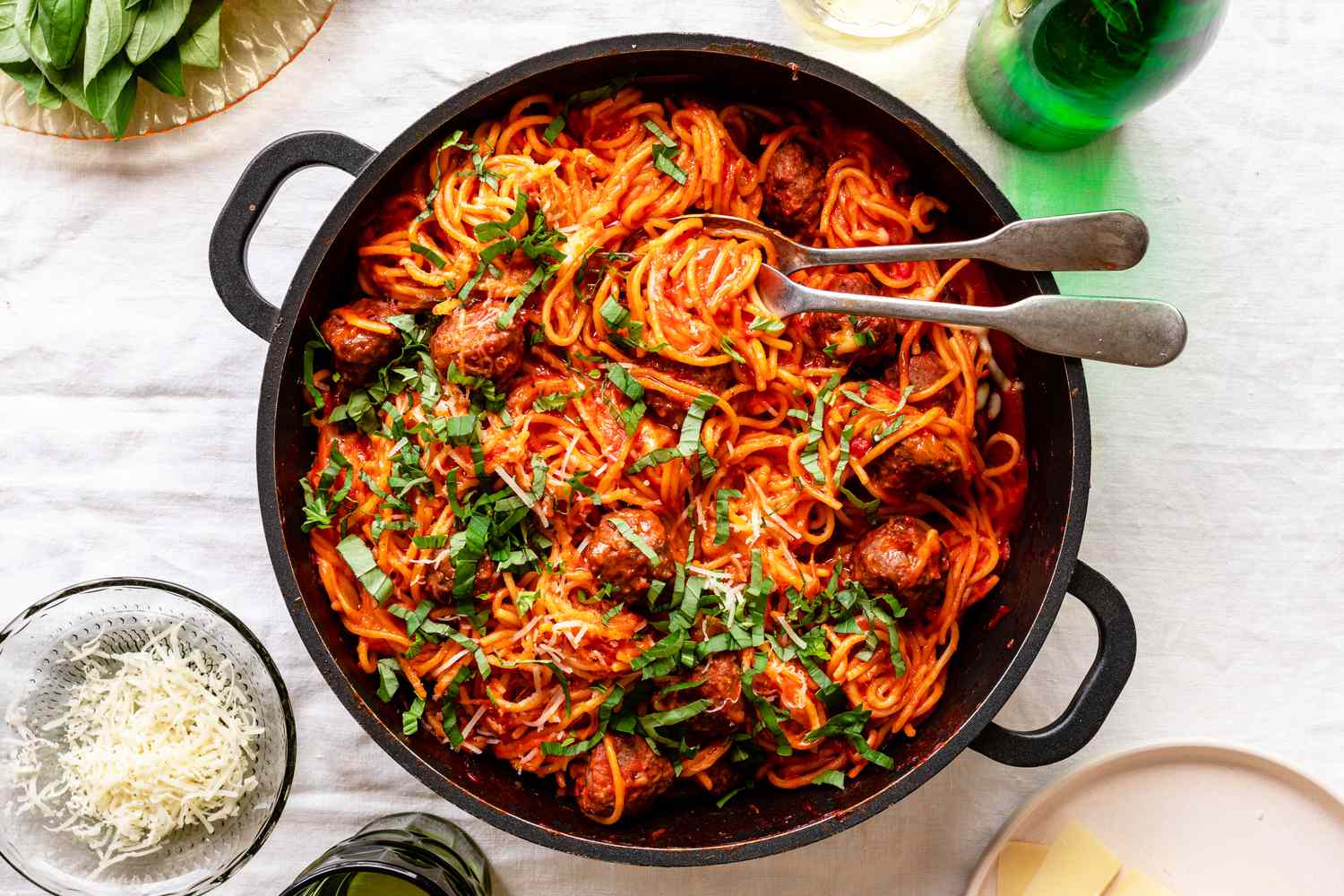
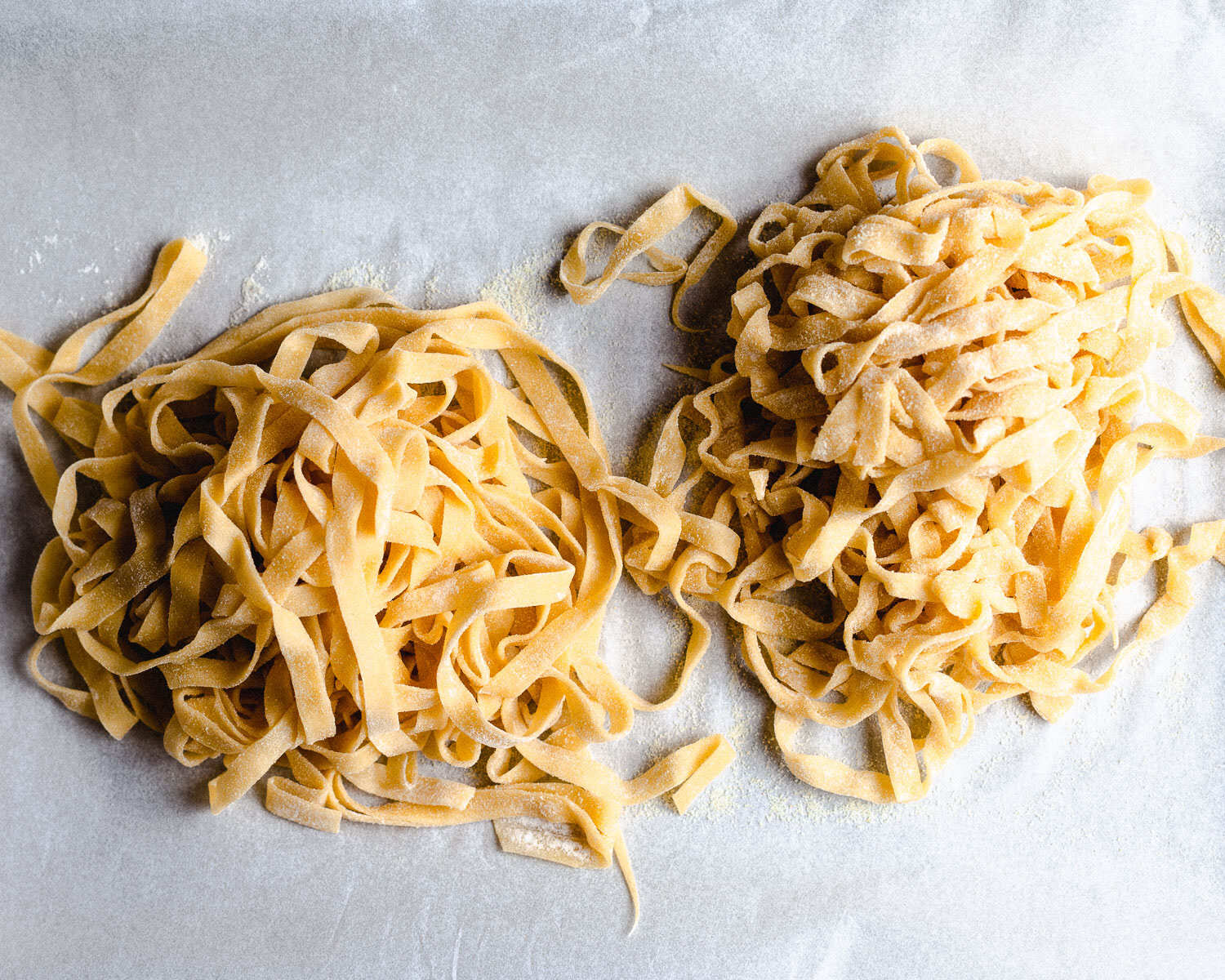
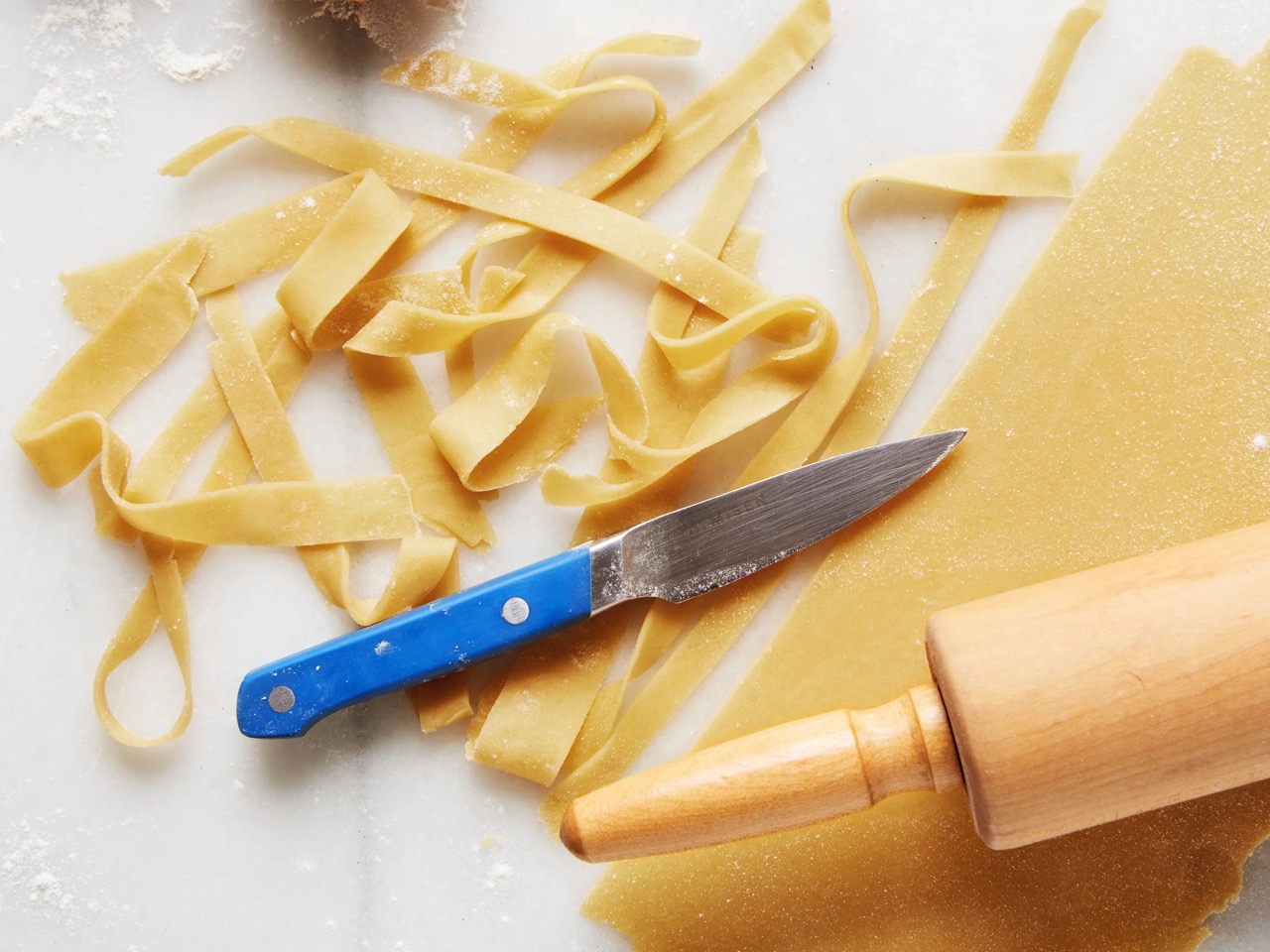
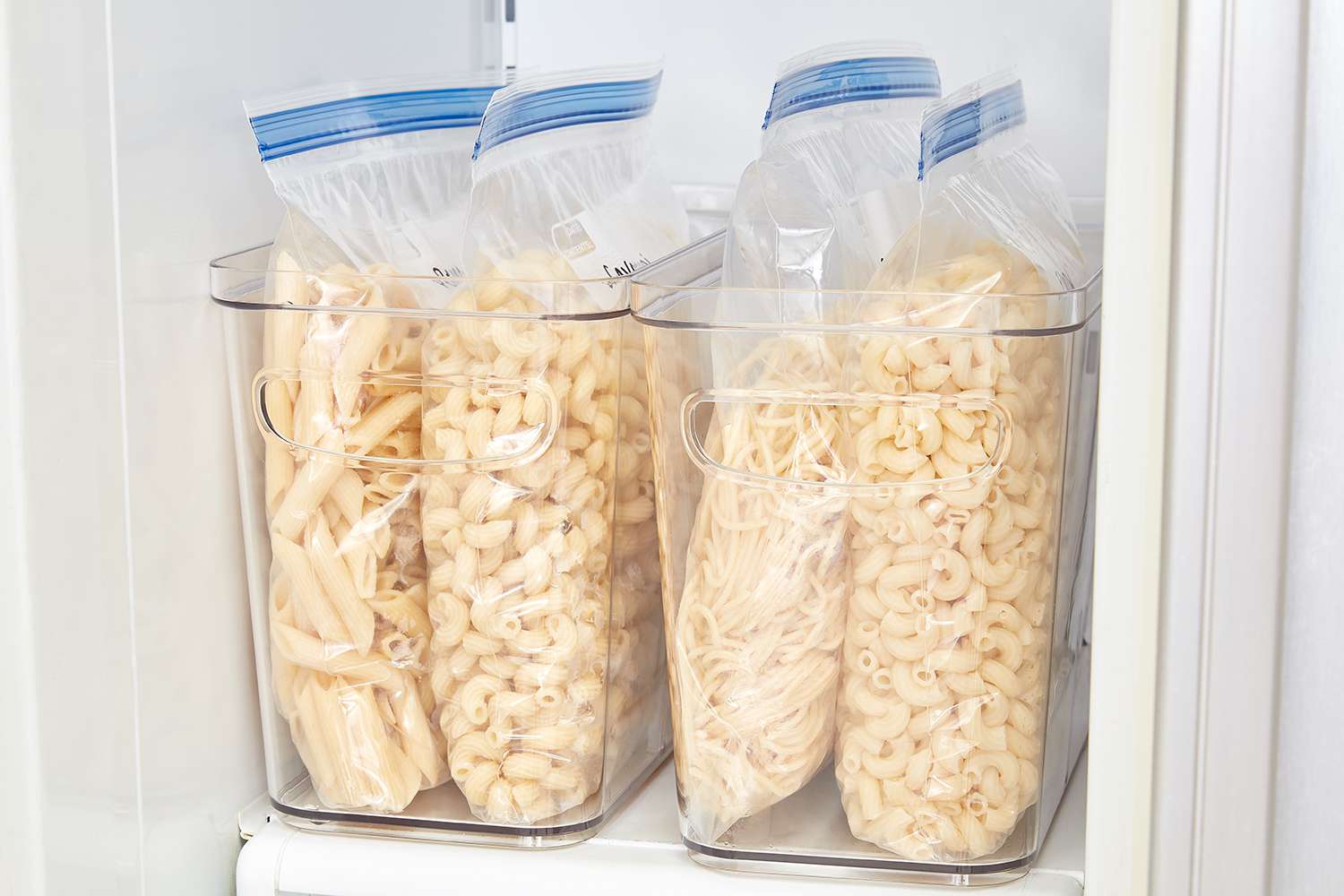
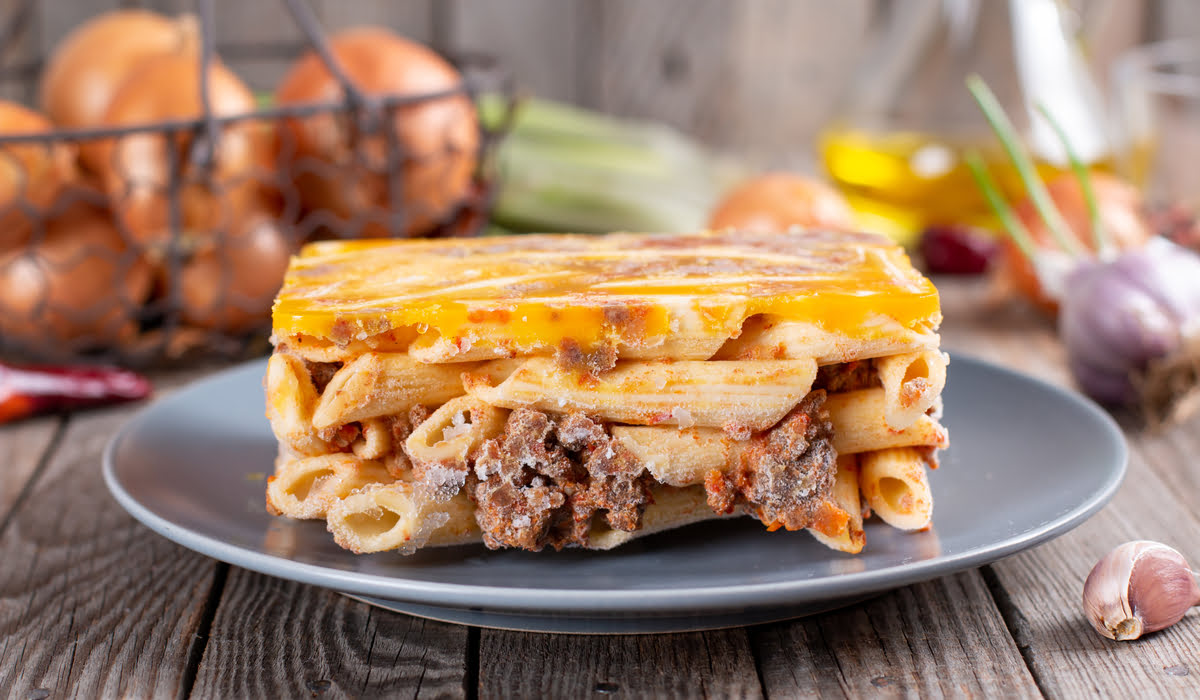

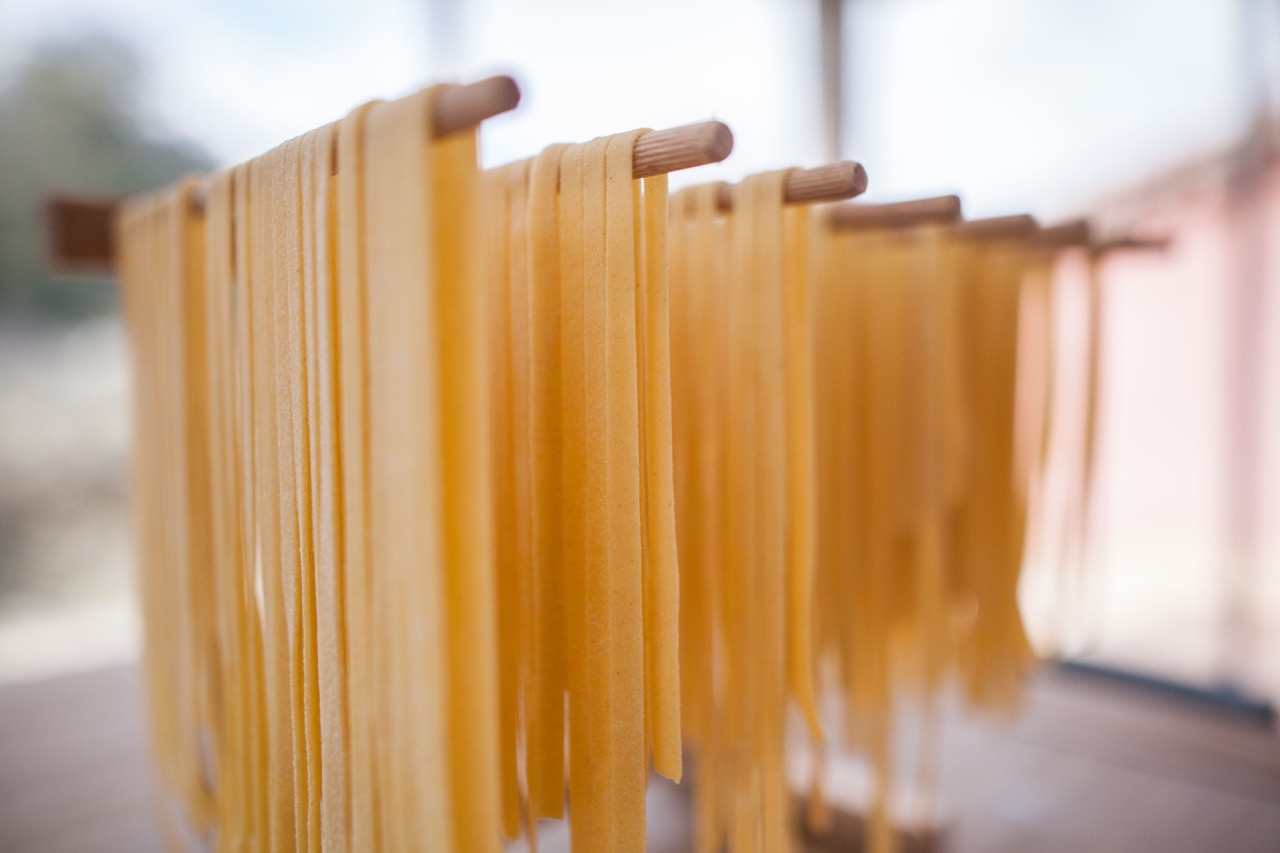
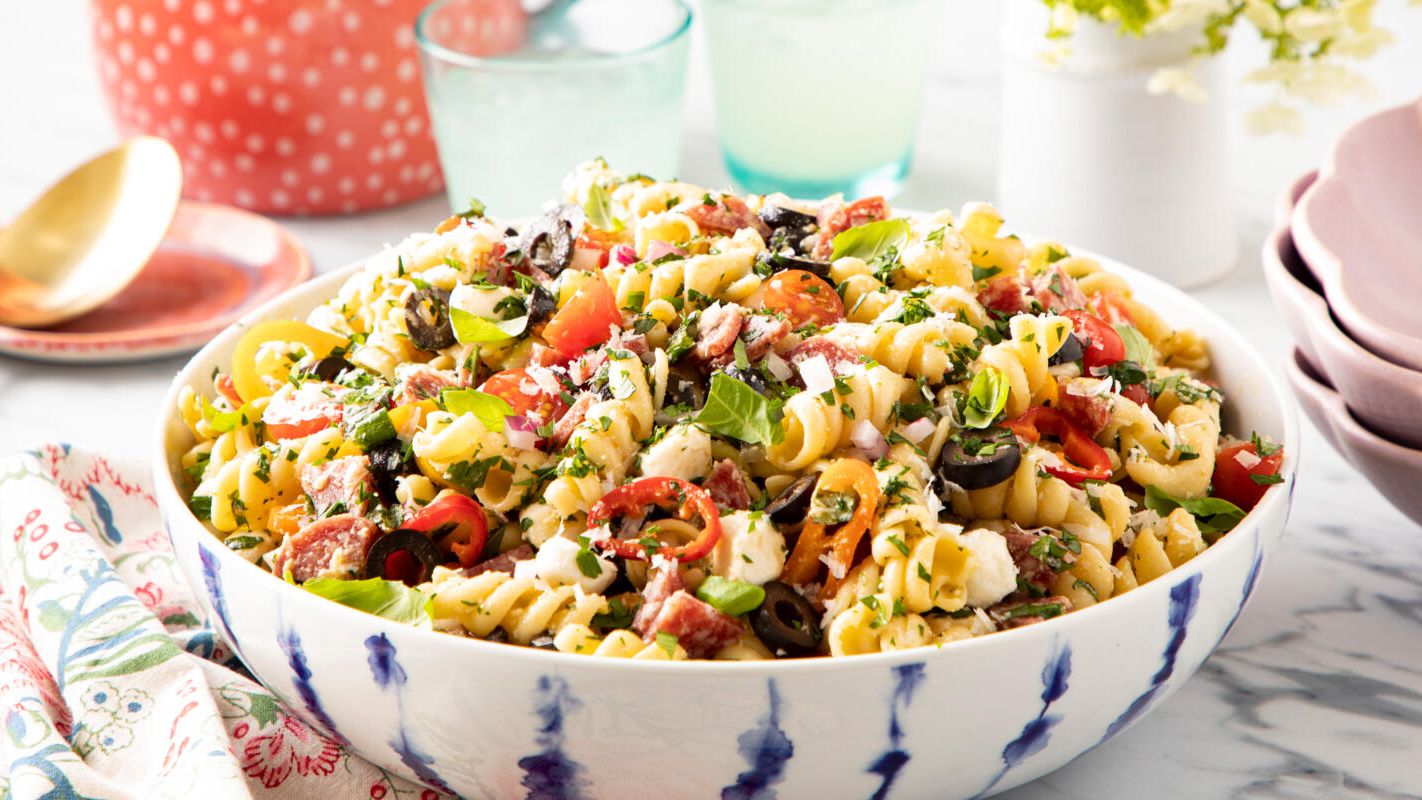
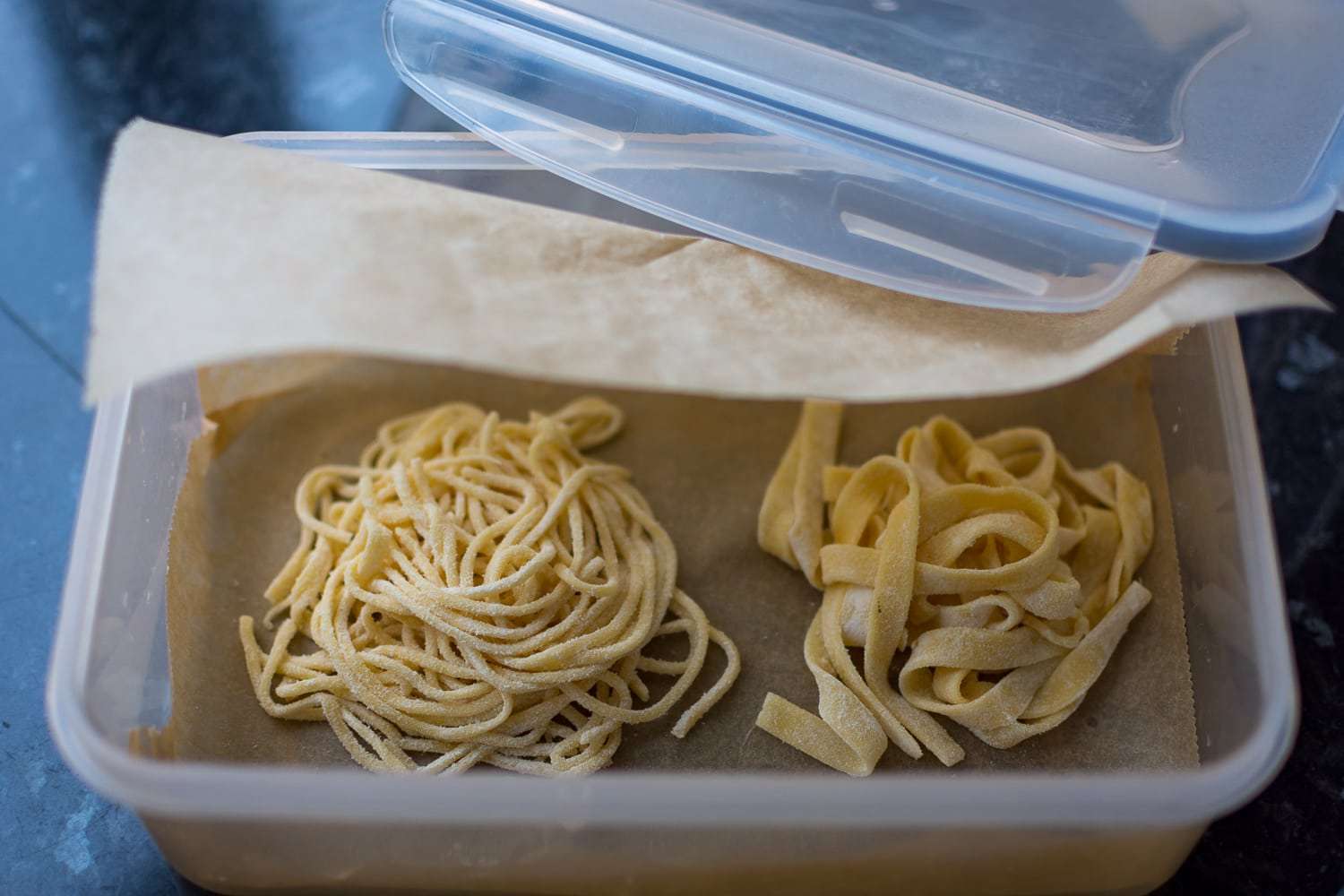
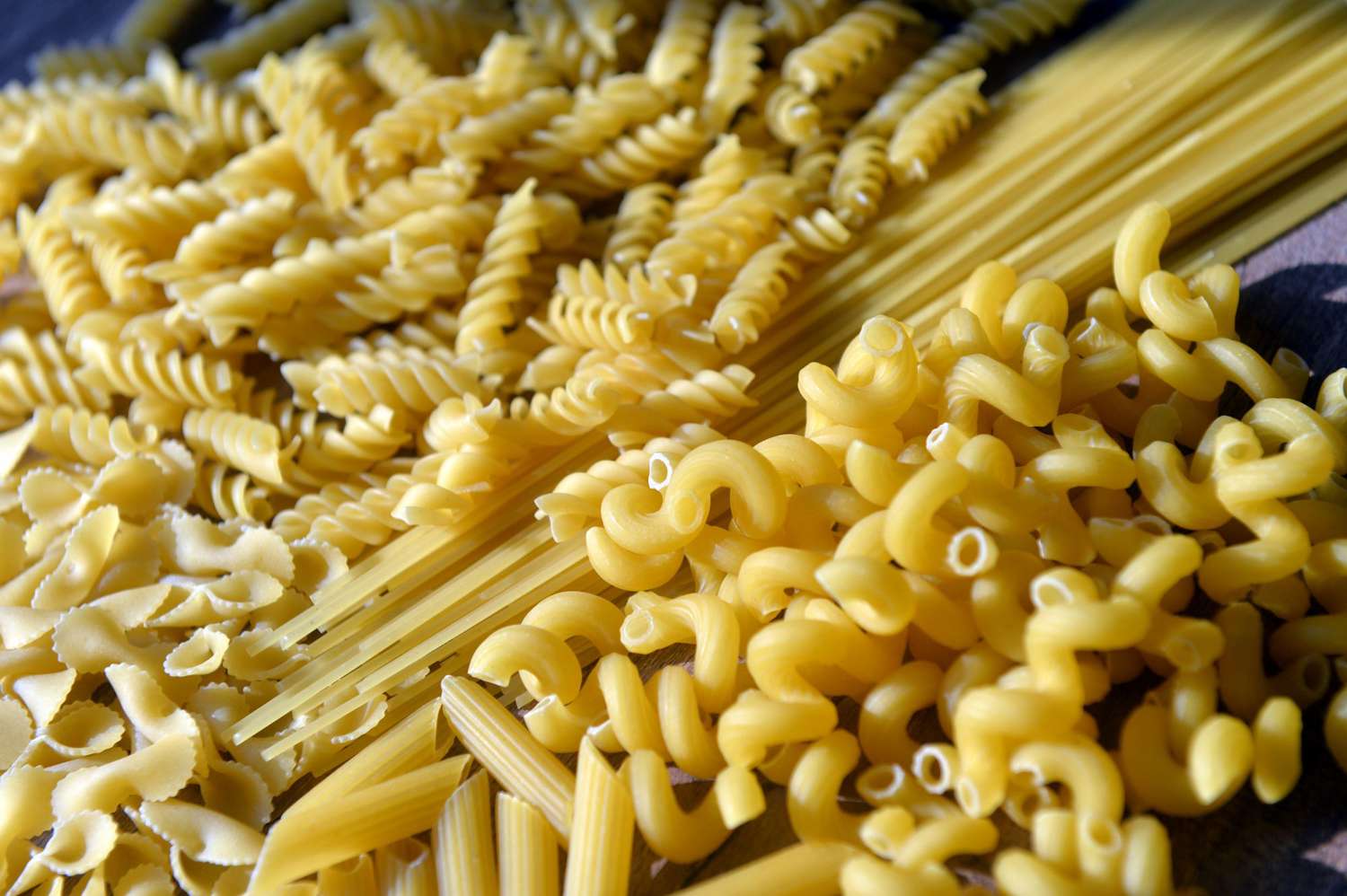

0 thoughts on “How To Store Cooked Pasta In Freezer”